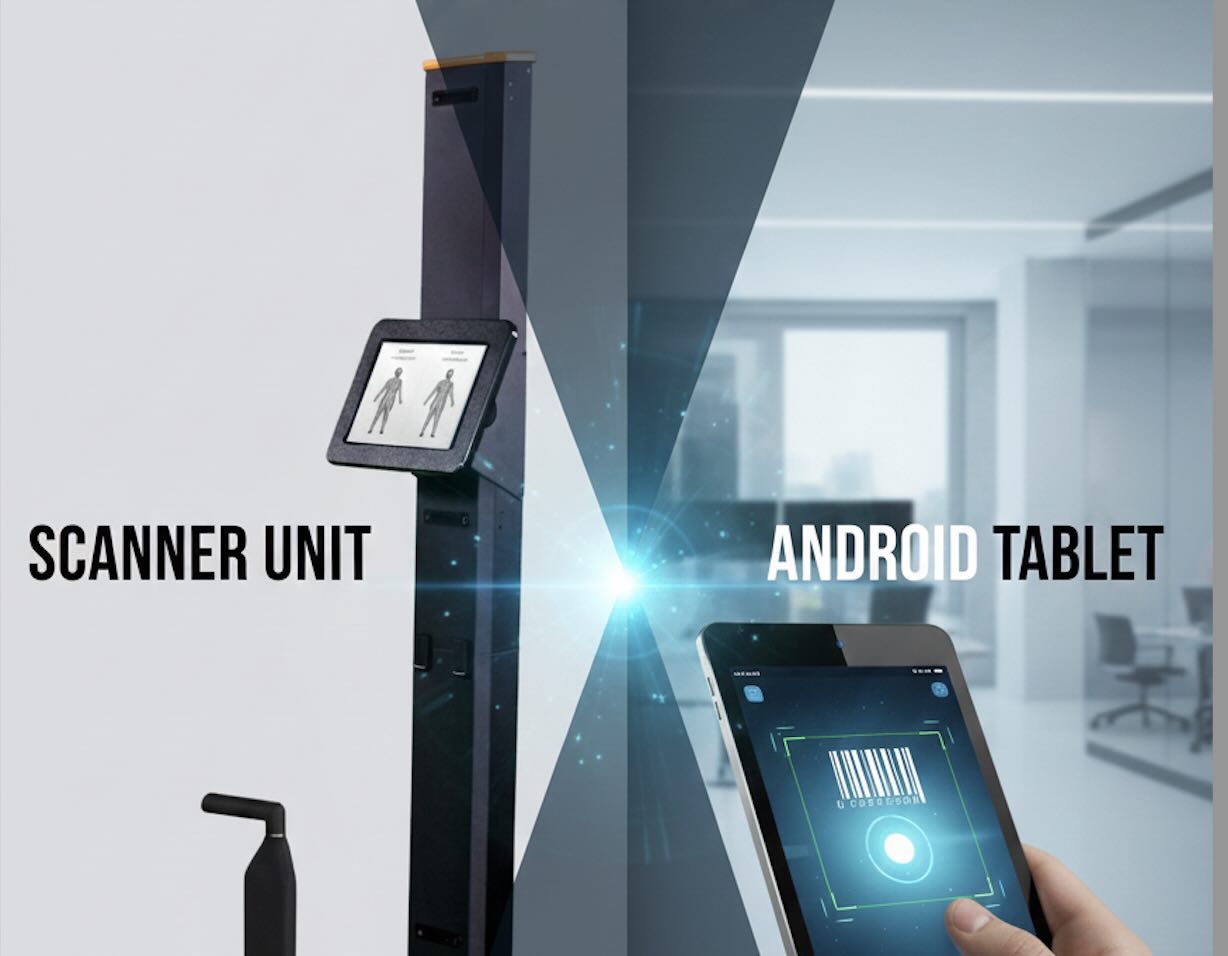
Beyond Bioimpedance: The Shift to 3D Body Scanning in Fitness and Health
In the realm of fitness and health, understanding body composition is crucial for achieving fitness goals and maintaining overall wellness. For years, methods like bioimpedance analysis (BIA) have been the go-to for assessing body composition. However, the landscape has shifted dramatically with the introduction of advanced 3D body scanning technologies. Over the past two decades, these innovations have transformed the way we measure and understand our bodies, leading to a decline in the use of traditional BIA methods. Let’s delve into how and why this shift has occurred.
The Limitations of Bioimpedance Analysis (BIA)
Invented in 1962, bioimpedance analysis measures the body's impedance to electrical currents to estimate body composition and has long been a staple in fitness centers and healthcare settings. While BIA provides some insights into body fat percentage and lean mass, it has several limitations:
- Inconsistent Results: BIA measurements can be influenced by factors such as hydration levels, food intake, and the placement of electrodes, leading to inconsistencies and inaccuracies. For example, the InBody website advises women not to take a BIA assessment during their menstrual cycle as it may influence testing results. Overall, controlling member hydration and dieting makes it difficult to ensure consistent scanning conditions.
- Limited Detail: BIA provides a simplified snapshot of body composition, often lacking detailed insights into fat distribution and muscle development. There are no visuals on BIA reports; it just provides numbers without the context of how the body looks.
- Single Variable Dependent: BIA typically measures electrical impedance between 2 points (e.g., hand-to-hand or foot-to-foot). Electrical current follows the path of least resistance, potentially missing variations in body composition across different regions for types of bodies. Even with the introduction of multiple frequencies for running assessments, the methodology remains limited due to this approach.
- One Dimensional Reports: BIA technologies do not allow for circumference measurements, which have become a standard component of modern-day assessments to track changes in body shape more accurately. One cannot see where changes are happening in the body.
The Emergence of 3D Body Scanning
Enter 3D body scanning technologies in the late 2000s, which have revolutionized the way we capture and analyze body composition data. These systems utilize advanced imaging techniques to create detailed, three-dimensional representations of the body. Here’s why they’ve gained momentum:
- Comprehensive Analysis: 3D body scanners capture thousands of data points, offering a detailed view of body shape, fat distribution, muscle mass, and posture. Extensive research supports the significance of body circumference measurements, which are closely linked to health and mortality statistics.
- Precision and Consistency: Unlike BIA, which relies on electrical currents, 3D scanning offers precise measurements that are not affected by factors like hydration or electrode placement. This leads to greater consistency and accuracy in body composition assessment. It is also easier to administer results, as you only need to control the clothing that a member wears during the scan for consistent testing conditions.
- Visual Feedback: With 3D scans, individuals can visually see their bodies from different angles, making it easier to track changes over time and set realistic fitness goals. Seeing where and how bodies are changing is the single most important factor in why brands are upgrading to 3D optical scanning technology. Simply put, customers like to see results.
Data Points and Trends
- According to a study published in the Journal of Diabetes Science and Technology, researchers found that 3D body scanning technology demonstrated higher accuracy and reliability compared to BIA when assessing body composition in individuals with diabetes.
- Market research indicates a growing demand for 3D body scanning technologies, with the global market expected to reach $2.9 billion by 2027, driven by applications in fitness, healthcare, fashion, and ergonomics.
- Fitness centers and wellness facilities are increasingly adopting 3D body scanning as a premium service to enhance member experience and differentiate themselves in the market.
Conclusion: Embracing the Future of Body Composition Analysis
As technology continues to evolve, the era of traditional bioimpedance analysis for body composition assessment is giving way to the era of 3D body scanning. With its unparalleled precision, comprehensive insights, and personalized approach, 3D scanning is shaping the future of fitness, healthcare, and wellness. By embracing these advancements, individuals can gain a deeper understanding of their bodies and set goals for their health.








